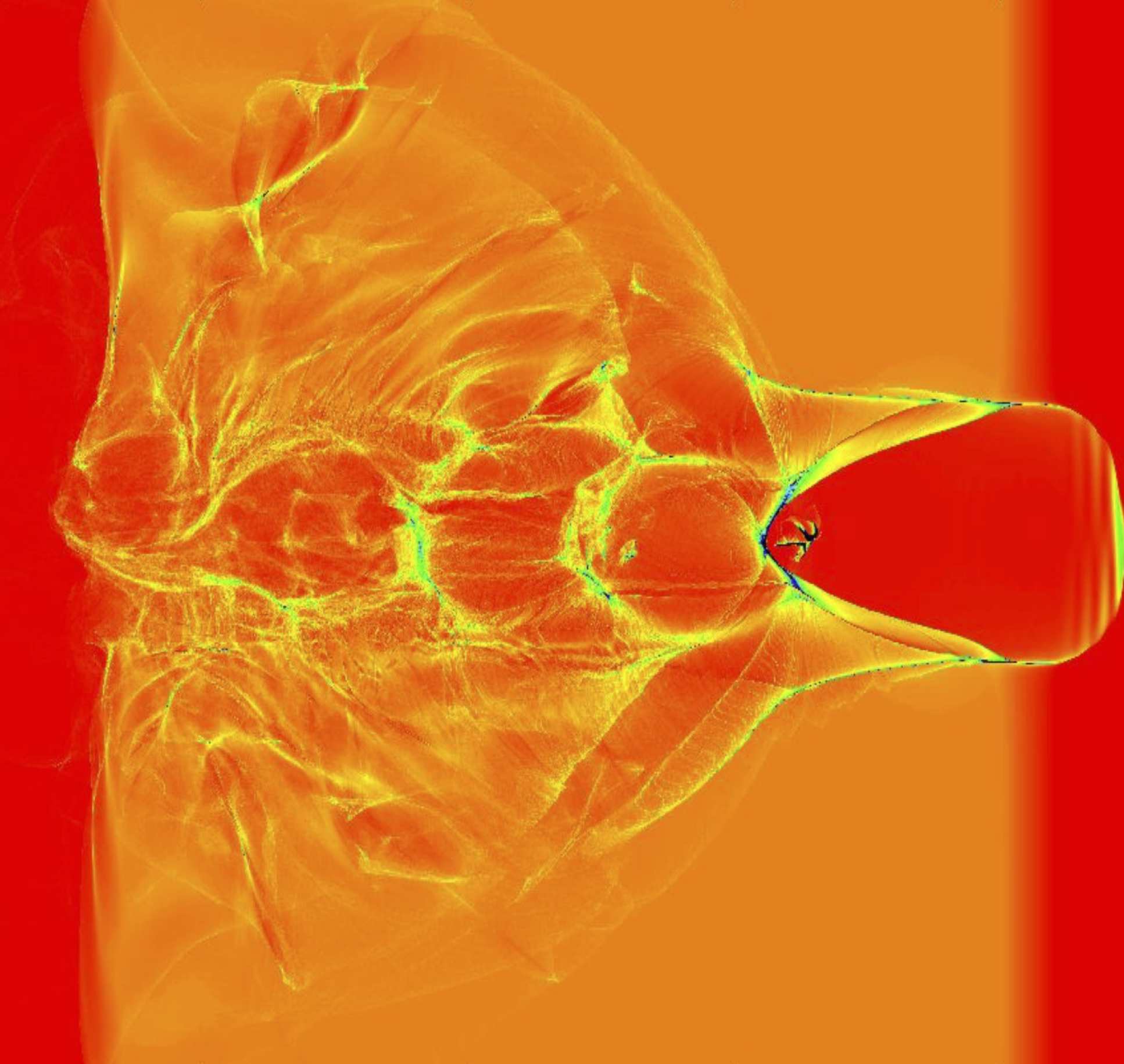Plasma theory
We analytically and computationally model the interaction of intense laser pulses with different types of plasmas. Such interactions not only excite various forms of collective motion of plasma particles but also open up the possibility to access states of matter only found in massive astrophysical objects. We study the non-linear density structures that are excited due to the laser-driven spatial charge separation between the electrons and ions, forming and sustaining TeraVolts per meter scale electric fields which are applied to particle acceleration and to the generation of x-ray and gamma-ray radiation. The acceleration structures in the plasma are however not completely stable and also affect the lasers exciting them, thus the interaction physics has to be carefully analyzed to ensure stability of the acceleration and transport of particle beams. The accelerated particles upon interacting with the transverse fields in the plasma can be made to undergo controlled oscillations resulting in the emission of intense radiation in the several 10s of keV photon energy. We are also study the interaction of particle beams with intense fields whether excited in plasmas or in the intense laser pulses.
Some of the current challenges in the theoretical modeling of plasma-based particle acceleration methods include:
1. Understanding the evolution of laser pulses in the plasma as these pulses exchange energy while exciting wakefield acceleration structures
2. Laser-plasma interactions at the critical layer for ion acceleration
3. Interactions of relativistic particle beams with plasmas and high-intensity lasers

An intense laser pulse propagating at near the speed of light is here seen driving a non-linear plasma wave in the “bubble regime”, a self-injected electron bunch being accelerated by the fields of this wave appear in a rotated “pi” geometry in this snapshot.
Contact us
Telephone:
+44 (0) 20 7594 7655
Email: Group Administrator
Postal Address:
John Adams Institute
1013 Blackett Laboratory
Department of Physics
Imperial College London
South Kensington Campus
London, SW7 2AZ, UK